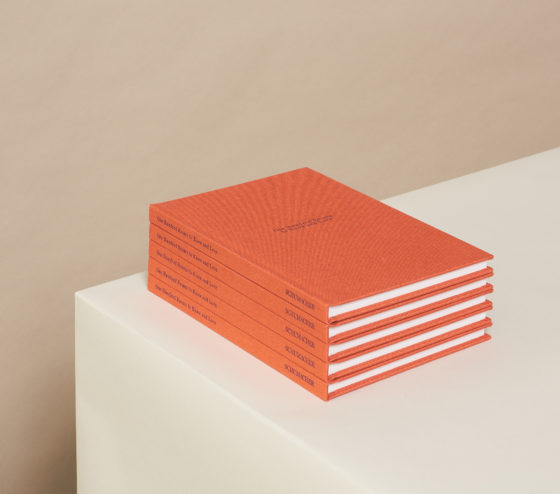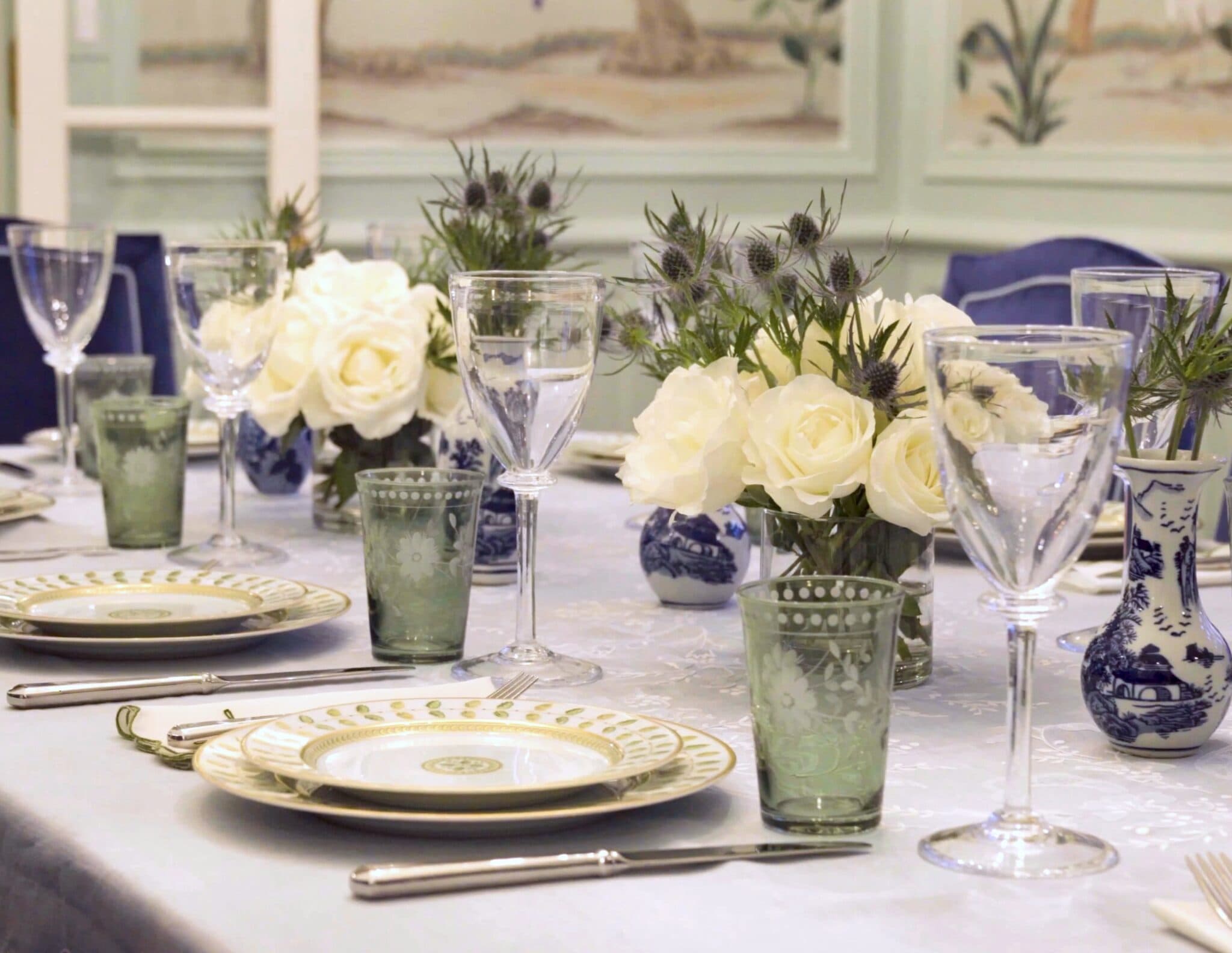
A rose is a rose is a rose—but how it’s used when it’s cut and displayed is also a potent signifier of the times. We’ve charted a garden path through the last 90 years to find out what the evolution of flower arrangements has reflected about our culture—and where it might be heading next.

1930s Proper Personality
A reverence for shape and character means sculptural arrangements with a touch of flamboyant drama. British floral artist Constance Spry leads the way with her myriad books, seminal shop, and megawatt clients such as the Duke and Duchess of Windsor.
1940s Studied Beauty
A more austere, restrained look emerges, with hints of the Japanese art of Ikebana. Exotic and tropical blooms are popularized, and the how-to books of Midwestern floral expert Laura Lee Burroughs (mom to William S. Burroughs) sell millions of copies.
1950s Sweet Civility
Arrangements become more lush, but still display a certain rigor and structure. Influential British writer and horticulturalist Julia Clements publishes her first of 20-plus books.
1960s Letting Loose
Amid a wave of cultural revolutions, traditional arranging is often abandoned altogether. Instead, informal bunches of blooms signal the era’s anti-establishment vibe. Meadow flowers and everyday varieties are embraced for their honest simplicity.
1970s The Anti-flowers
Whispy dried grasses and flora and jungley potted plants become accessories for the home. David Hicks proves his mastery extends to arrangements; the cool, minimal style of Jack Ceglic—co-owner and designer of Dean & Deluca—takes New York City by storm.
1980s More is More is More
Towering, maximalist flower assemblages channel the decade’s go-for-broke spirit. Endless extravagant events elevate professional floral designers such as Renny Reynolds and Robert Isabell to celebrity status.
1990s Perfectly Pretty
Feminine, pared-back arrangements are an antidote to the excesses ofthe ’80s, and tasteful is the watch word of the day, à la lifestyle gurus Martha Stewart and Carolyne Roehm.
2000s Minimalist Chic
The prevailing aesthetic becomes even more spare without skewing severe. Floral designers such as Miho Kosuda—who is championed by the likes of Bill Blass—prove the evocative power of monochromatic and single-variety displays.
2010s Unbridled Romance
Wild, poetic compositions redefine the idea of traditional arrangements, as expressed by talents like Emily Thompson and Nicolette Camille. Foraged and unexpected, nonfloral elements make the creations feel all the more otherworldly.
Into the Beyond...Brave New Frontiers
The next generation of floral designers is taking flowers out of the vase and shattering all conventions. The work of practitoners such as Mary Lennox, Coyote Flowers and Loose Leaf turns an encounter with cut flowers and foliage into a full-blown emotional experience.
RELATED:

Three Early Female Illustrators Who Changed the Way We See the Natural World >

“One Hundred Rooms to Know and Love”
by Schumacher
The creative team at Schumacher has compiled 100 to-die-for rooms by some of today’s most brilliant designers into a slender and attractive cloth-bound volume.

























